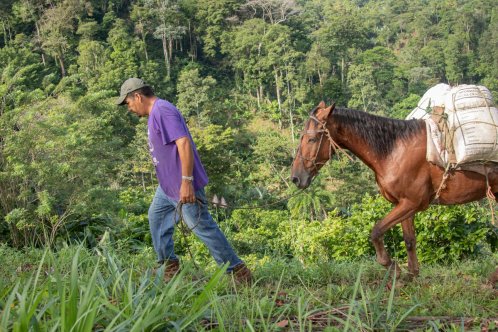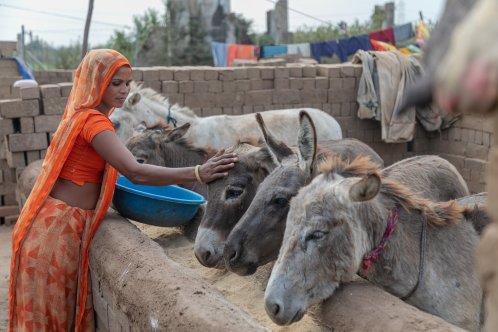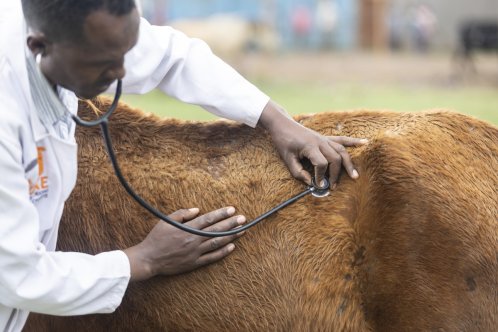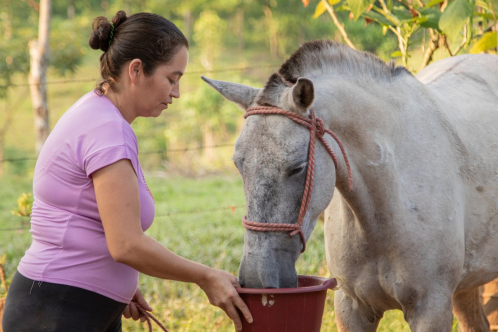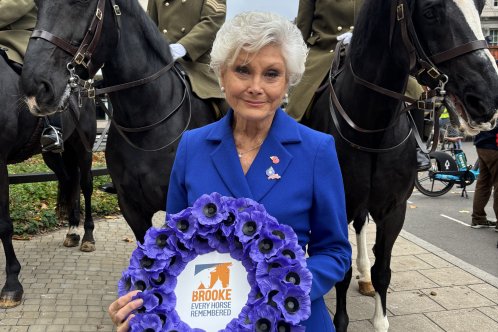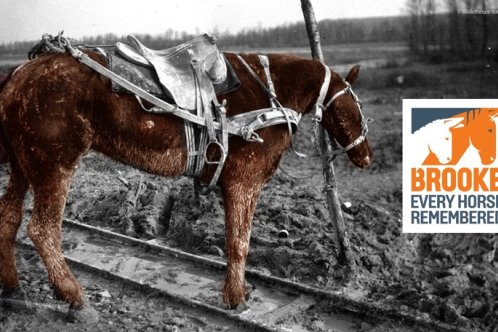Recent scenes from The Real Housewives of Salt Lake City have sparked fresh debate from animal welfare experts on animals used in tourism.
News & Blog
Read the latest news and views about our work around the world.
Brooke Newsletter | Publications and policies | Key facts about Brooke | Media enquiries
Comedian and actor Trevor Lock hosted a charity comedy night in Kent in aid of Brooke.
Strictly Come Dancing star Flavia Cacace-Mistry, ITV vet Dr Scott Miller, and actor Annette Badland were amongst special guests at Brooke's Christmas service in London this week.
While Brits care deeply about ethical sourcing, most are unaware of the role horses and mules play in their coffee and chocolate consumption this Christmas.
Brooke is in Nairobi advocating to have donkey skins trade recognised as an environmental crime.
Progress against antimicrobial resistance is possible, but only if we protect the funding that makes it happen.
We are delighted to announce that beloved actress, Annette Badland, has joined Brooke as our first ever Women’s Ambassador.
Brooke’s Global Head of Policy and Advocacy highlights the ways in which working animals support the climate.
Ahead of Remembrance Sunday this weekend, broadcaster Angela Rippon gave a moving address in London to commemorate animals who have served in war.
Every Remembrance Week, Brooke pauses to reflect on the millions of working animals who served during war.




